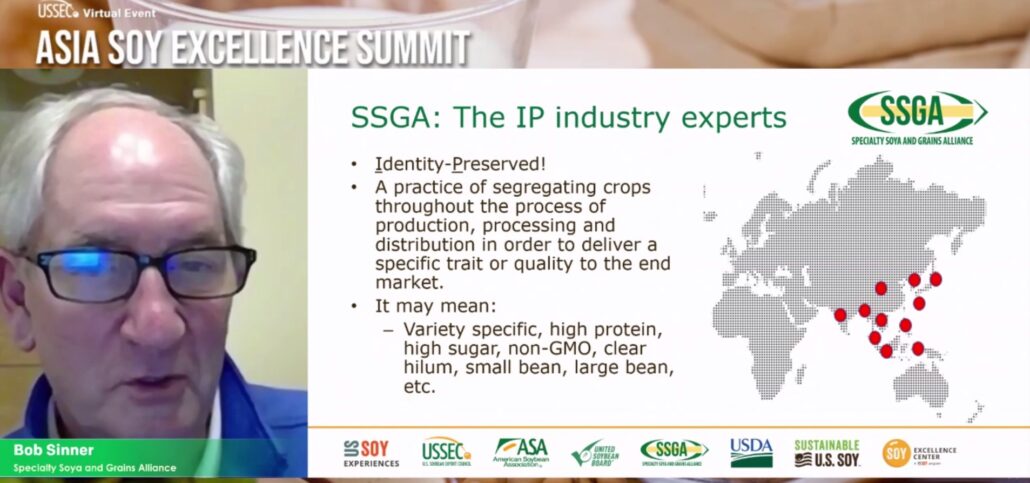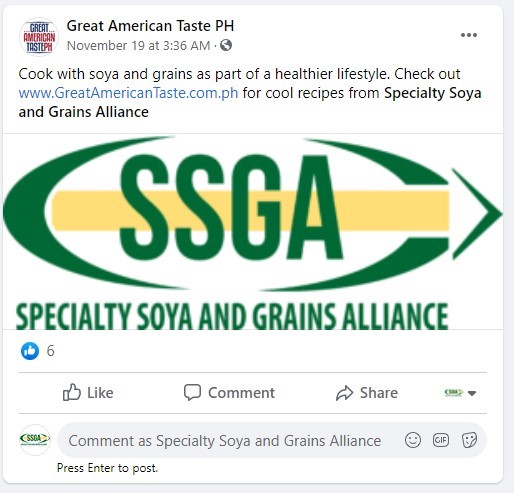SSGA members could benefit from Ag Innovation Campus
A first-of-its-kind crush facility under construction in northwest Minnesota could be a boon to the identity-preserved soya and specialty grains industry.
Ground was broken for the Ag Innovation Campus in late October, a 67,000-square-foot complex that will serve as a hub for the next generation of value-added processing. That could include identity-preserved (IP) field crops. The Campus, which will be located in Crookston, Minn., is on an ambitious schedule to begin production in late 2021.
Ag Innovation Campus (AIC) officials say Specialty Soya and Grains Alliance members could use the facility to process IP soybeans and specialty grains or to develop specific products for their farms and companies to offer.
“There are opportunities that this facility can bring the IP industry,” said Tom Slunecka, CEO of the Minnesota Soybean Research & Promotion Council, one of the AIC’s three founding members, along with the Minnesota Soybean Growers Association and the Agriculture Utilization Research Institute. “The plant will serve as an incubator for agricultural innovation, with a goal to foster new and novel products.”
The Ag Innovation Campus will feature a specialty crushing facility that will allow public and private ag groups, such as commodity organizations, universities and seed developers, access to affordable processing that aims to lower costs while promoting growth of value-added products.
The aim is for the AIC to produce about 64,000 tons of soybean meal per year (240 tons per day), crushing approximately 28,000 bushels of soybeans per day. That adds up to 2.5 million bushels a year. The 15,600-square-foot crush facility will support three separate crushing lines that can be operated all on organic, non-GMO or GMO soybeans as well as separately for different types of soybeans, such as the premium IP specialty crops contracted to food manufacturers in the U.S. and abroad.
Each line can be completely cleaned to avoid cross contamination with other lines, allowing for the segregation and full traceability that U.S. IP producers take so much care to ensure. The AIC will also set aside time for processing small quantities of “research” soybeans.
“Having a facility that’s larger than just a testing crusher but smaller than building one’s own facility – if you run a small- to medium-sized business – can be very beneficial to IP growers and processors,” SSGA Executive Director Eric Wenberg said, “especially those located in the Red River Valley region, which is home to one of the largest supplies of food soya in the world.”
In 2018, the Minnesota Soybean Research & Promotion Council invested checkoff funds in a feasibility study to support a regional soybean crush and research facility in northwest Minnesota.
In 2019, the Minnesota Legislature approved $5 million in state funding toward the AIC in a bipartisan omnibus agriculture finance bill signed by Gov. Tim Walz. Funds were released to the AIC in September of 2020, and the official groundbreaking took place in a ceremony on the AIC’s 10-acre site on Oct. 28.
Walz, who attended the groundbreaking, called the AIC “bold,” adding, “There’s no place in the world that has something like this.”
Once fully in operation, the AIC is projected to support 60 jobs and feature state-of-the-art laboratory and classroom space for hands-on agriculture production and technology training, and it will be open for tours with a biosafe observatory from which visitors can see processing in real time.
“There will be a lot of synergy that will come out of this facility,” AIC Project Manager Jim Lambert said. “(The AIC) is really more of an agricultural business incubator than anything. … There are a lot of good things going on here.”





